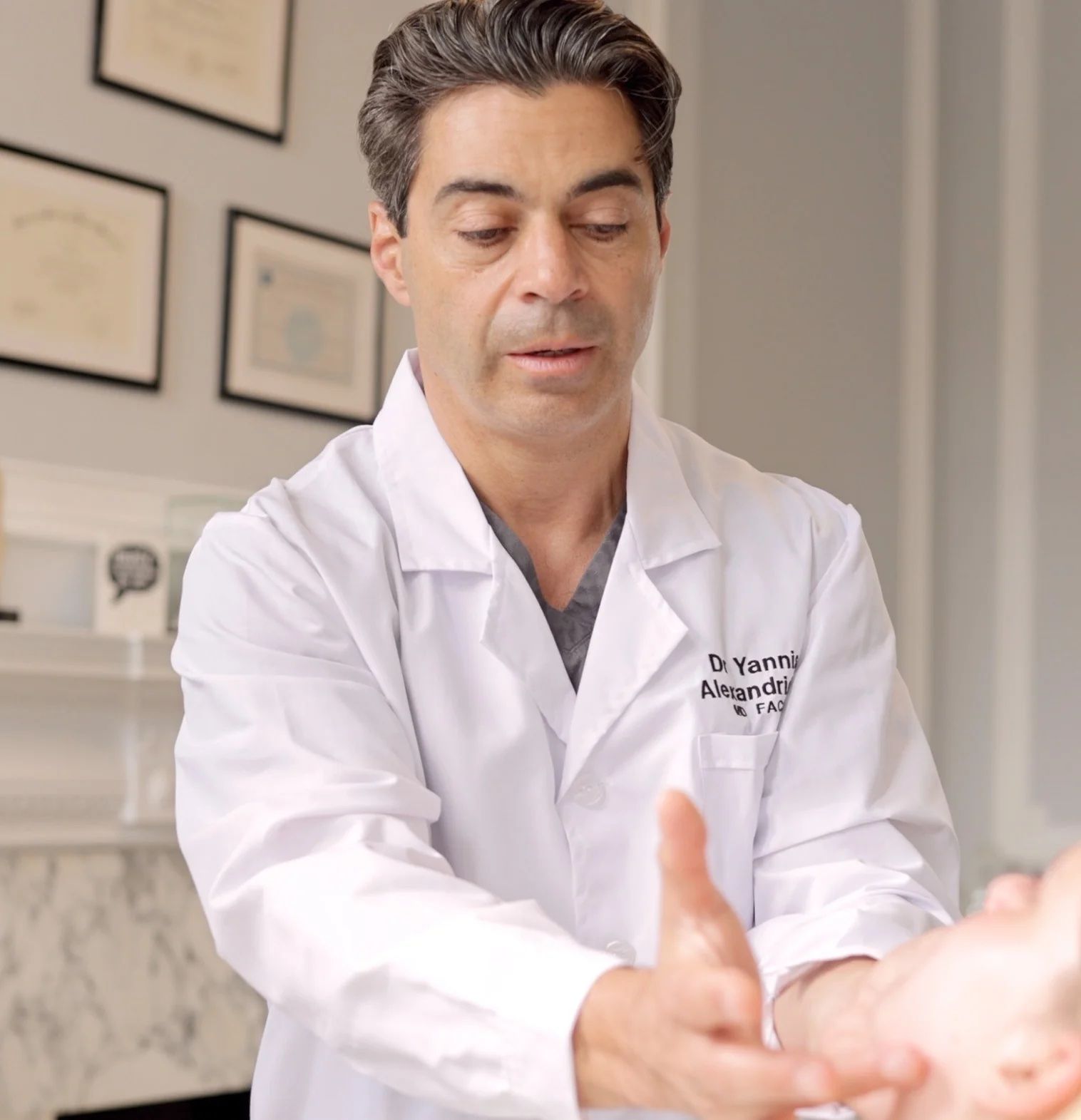The healthcare industry has undergone significant transformations over the past decade, and dermatology is no exception. As patient demand for both medical and aesthetic dermatology services continues to rise, the role of physician assistants (PAs) has expanded considerably. The increasing prevalence of skin conditions such as acne, eczema, and skin cancer, along with the growing popularity of cosmetic treatments, has made it necessary for dermatologists to rely on highly skilled PAs to provide high-quality care.
Physician assistants are extensively trained medical professionals who work under the supervision of dermatologists to diagnose, treat, and manage a variety of skin conditions. Their responsibilities range from conducting patient consultations and performing biopsies to administering injectables and laser treatments. This broad skill set allows PAs to bridge the gap between patient demand and the limited availability of board-certified dermatologists, ensuring that more individuals receive timely and effective care.
Furthermore, the ability of PAs to handle a significant portion of both medical and cosmetic dermatology cases enables dermatology clinics to operate more efficiently. With an increasing number of practices integrating PAs into their teams, patients experience reduced wait times and more personalized care. This shift reflects the industry’s recognition of the indispensable role PAs play in meeting the needs of a rapidly evolving field.
The Expertise of PAs in Aesthetic Dermatology
Aesthetic dermatology has surged in popularity, with patients seeking treatments ranging from Botox and dermal fillers to chemical peels and laser therapy. Physician assistants are now at the forefront of these procedures, bringing both medical expertise and artistic precision to cosmetic enhancements. Their extensive training in facial anatomy and dermatologic conditions makes them well-suited to perform non-surgical aesthetic treatments safely and effectively.
PAs in aesthetic dermatology not only perform procedures but also educate patients on skincare regimens and treatment plans tailored to their specific needs. Their ability to assess skin health and recommend evidence-based solutions allows for better patient outcomes and long-term satisfaction. With many patients preferring minimally invasive cosmetic enhancements, PAs help ensure that these procedures are accessible while maintaining high standards of care.
Additionally, their presence in aesthetic dermatology enhances patient confidence. Knowing that a highly trained medical professional is conducting their treatment reassures individuals that their health and cosmetic goals are in capable hands. This trust, coupled with the growing number of PAs specializing in aesthetics, cements their essential role in dermatology practices worldwide.
Advancing Medical Dermatology with PA Expertise
Beyond aesthetics, physician assistants play a critical role in medical dermatology, addressing a broad spectrum of skin disorders and diseases. With conditions such as melanoma and other skin cancers on the rise, early detection and treatment are paramount. PAs conduct thorough skin examinations, identify suspicious lesions, and perform necessary biopsies to aid in the early diagnosis of serious conditions.
Their ability to manage chronic skin conditions, including psoriasis and rosacea, further demonstrates their value in medical dermatology. By providing patient-centered care and personalized treatment plans, PAs help individuals maintain skin health while managing long-term dermatologic concerns. Their expertise in pharmacology also allows them to prescribe medications, ensuring patients receive the most effective therapies available.
Additionally, PAs play a key role in innovative treatment approaches in dermatology, including the use of cutting-edge technology and advanced therapeutic techniques. Their ability to stay abreast of the latest advancements in the field underscores their essential position in dermatology practices.
Improving Accessibility and Reducing Wait Times
One of the most pressing challenges in dermatology today is the prolonged wait time for patient appointments. With a shortage of board-certified dermatologists in many regions, patients often face delays in receiving necessary medical or cosmetic dermatologic care. Physician assistants are instrumental in alleviating this burden, significantly improving accessibility for those in need of timely treatment.
By handling routine dermatologic cases, conducting follow-up visits, and performing minor procedures, PAs free up dermatologists to focus on complex cases. This collaborative approach ensures that dermatology clinics operate at peak efficiency, reducing patient wait times while maintaining high standards of care. Moreover, PAs often serve as the first point of contact for new patients, expediting diagnosis and treatment initiation.
Beyond clinic efficiency, PAs contribute to broader healthcare accessibility by working in underserved areas where dermatologists may be scarce. Their presence in community health centers, rural clinics, and teledermatology services helps bridge the gap between patient demand and specialist availability. This expansion of dermatologic services enhances healthcare equity and ensures more individuals receive quality skin care.
Education and Training: Ensuring Competency in Dermatology
The growing responsibilities of physician assistants in dermatology necessitate specialized education and continuous professional development. While PAs receive extensive medical training, those specializing in dermatology often pursue additional certifications, fellowships, and hands-on training to refine their skills in both medical and aesthetic procedures.
Many PAs undergo rigorous mentorship programs within dermatology clinics, where they gain practical experience under the supervision of seasoned dermatologists. These training programs cover a wide range of dermatologic procedures, including excisions, cryotherapy, and laser treatments. As a result, PAs develop the expertise necessary to provide high-quality dermatologic care independently within their scope of practice.
Continuing medical education is also a crucial component of a PA’s career in dermatology. By attending industry conferences, participating in workshops, and staying updated on emerging treatments, PAs ensure they remain at the forefront of the field. This commitment to education and professional growth reinforces their ability to deliver exceptional patient care in an evolving medical landscape.
The Future of PAs in Dermatology
As the demand for dermatologic services continues to grow, the role of physician assistants is expected to expand even further. With advancements in technology, including artificial intelligence-assisted diagnostics and telemedicine, PAs will likely take on even more responsibilities in patient care and treatment planning. Their adaptability and medical expertise position them as key players in shaping the future of dermatology.
In addition to technological integration, policy changes and legislative support for expanded PA roles will influence the trajectory of dermatologic care. As more states grant PAs increased autonomy in prescribing and performing procedures, their ability to provide comprehensive dermatologic care will be further solidified. This shift will not only improve patient outcomes but also enhance the efficiency of dermatology practices nationwide.
Ultimately, the growing reliance on physician assistants in dermatology is a testament to their invaluable contributions to both medical and aesthetic care. As they continue to advance in their field, PAs will play an increasingly pivotal role in ensuring patients receive high-quality, accessible, and innovative dermatologic treatments.





